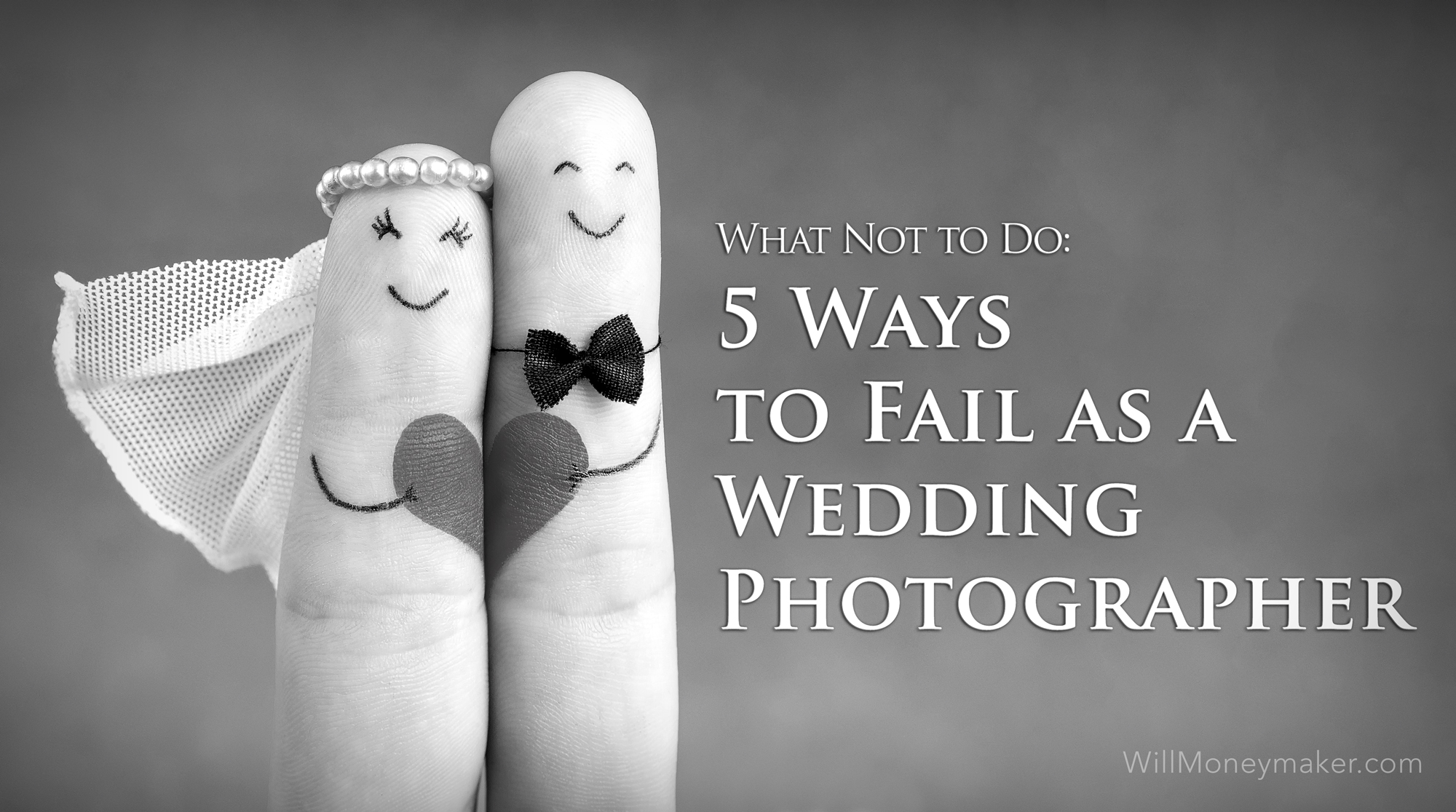I’d like to continue with this short wedding series by focusing on the importance of close-ups. While you may think taking photos at a wedding is a fairly straightforward affair, with everyone happy and glad to pose for portraits, it’s a whole lot more challenging than you may have realized. What’s more, of course, you only get one chance at the best available shots throughout the day. Even for the most experienced photographer, shooting a wedding can be stressful.
Clearly, this kind of event photography is different from other forms you may have experimented with, such as landscape photography or event photography.
As the photographer, you’re there to tell the story of the happy couple’s special day. It’s important that you don’t overlook the importance of the small details that make up the occasion. They are vital elements of any wedding and the more unusual ways you can find to tell the story, the better. Rather than only taking conventional group shots, including candid photos of momentary interactions. Rather than taking a photo of a clock to show time of day or the part of the day at hand, for example, snap shadows on the ground.
What subjects should I focus on for close-up wedding photography?
You should find no shortage of things which make good close-ups, from the wedding party to flowers, to rings, the cake, kids playing, musicians and their instruments and architectural details of the venue.
When taking guests, as well as the group pictures, get intimate individual portraits. Take these with the sun behind people’s heads to catch a rim light, and focus on the person’s eyes. Of course, you’ll want to capture the emotion of the day in facial expressions, with as much laughter and happy tears as possible.
As well as people’s faces, other things you’ll probably want to get up close and personal with include details like flowers, place settings, rings, details on the bride’s dress, bows on chairs, the marriage certificate, the cake, or pews in the church, the Order of Service and anything else that tells the story of the day. Have close-ups in mind from the outset and scout the best locations for them in advance.
Sometimes when shooting close-ups at the reception, you may find spotlights in the room cast an annoying shadow, in which case use an off-camera flash which operates via a remote trigger. This eliminates shadows and allows you to be really creative with your lighting.
When it comes to shooting the bride and groom, you may want to zoom in for a tighter picture. Shoot the bride on her own in full and half-length and get head and shoulders close-ups, each one posed slightly differently. Try standing on a ladder for a close-up, and have the bride lift her chin a little for a more flattering image. Get a helper to hold a reflector, so that light is bounced back into the bride’s face.
When photographing from a ladder, ask the bride to look down at the floor, before lifting her head gradually as she opens her eyes toward the lens. You will feel when the right moment is to hit the shutter and get a powerful portrait.
To get a quality group close-up, again, use a ladder – and a wider lens. You may find you get better detail in your image if you slightly underexposed (by maybe one stop). Using fill-flash will eliminate shadows.
When shooting close-ups of those making speeches, a slower shutter speed will make the most of natural light while bouncing the flash from the ceiling. This also gets rid of unwelcome shadows and record the room’s atmosphere.
What’s the Best Equipment for Shooting Close-ups?
Equipment reviews are the best source of information. I currently use the Canon 5D Mark IV camera and 100mm F2.8 IS lens and it offers exceptional image quality, while the macro lens is another must-have. Using mid-range apertures may help if the macro lens is not giving you a precise enough level of detail. The f/6/3-f/8, for example, means you can balance good shutter speeds with a depth of field, and focus manually. In darker churches, a Pocket Wizard, with its remotely controlled flashgun, can be useful. Finally, use a wide variety of focal lengths for a range of images everyone will love.




